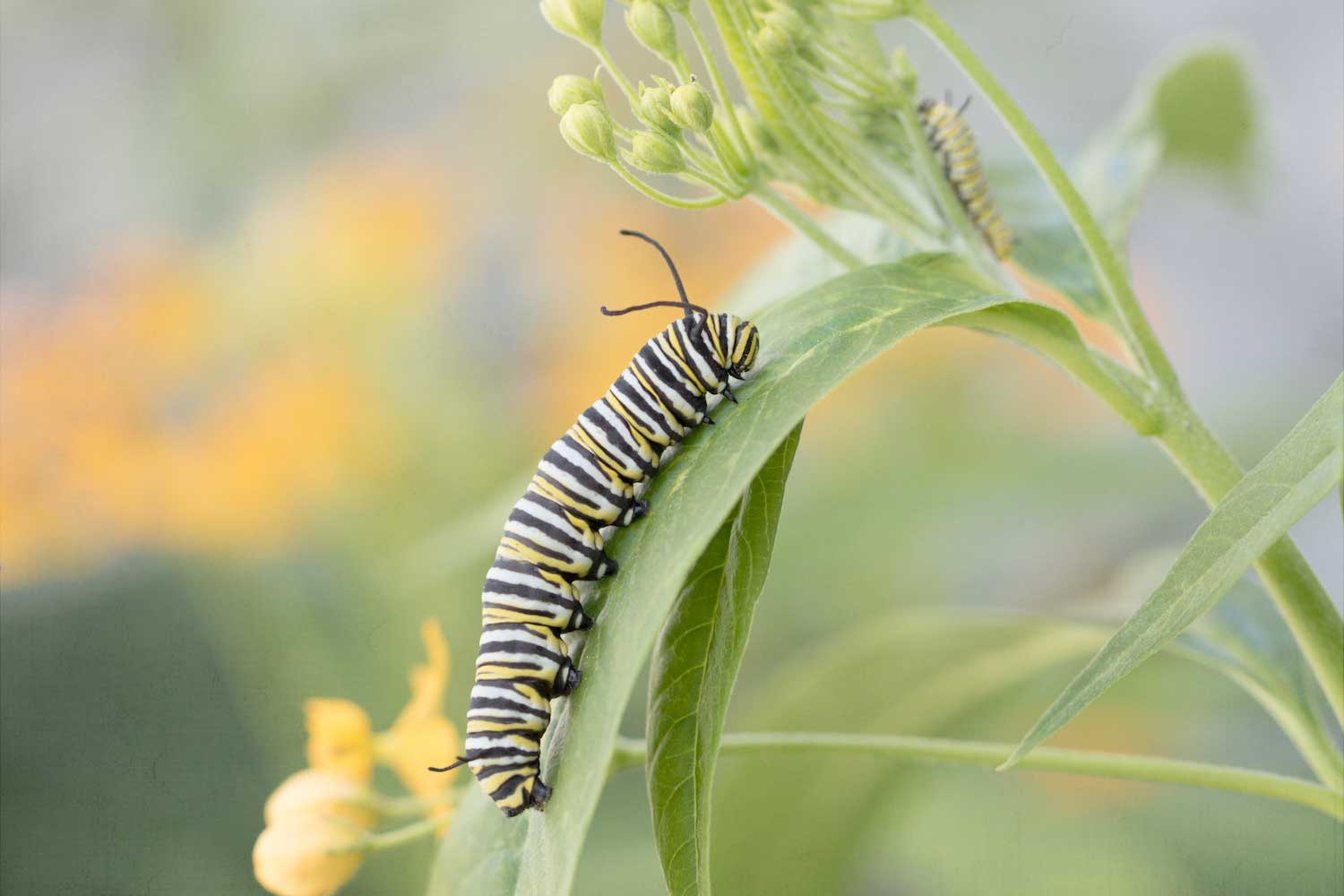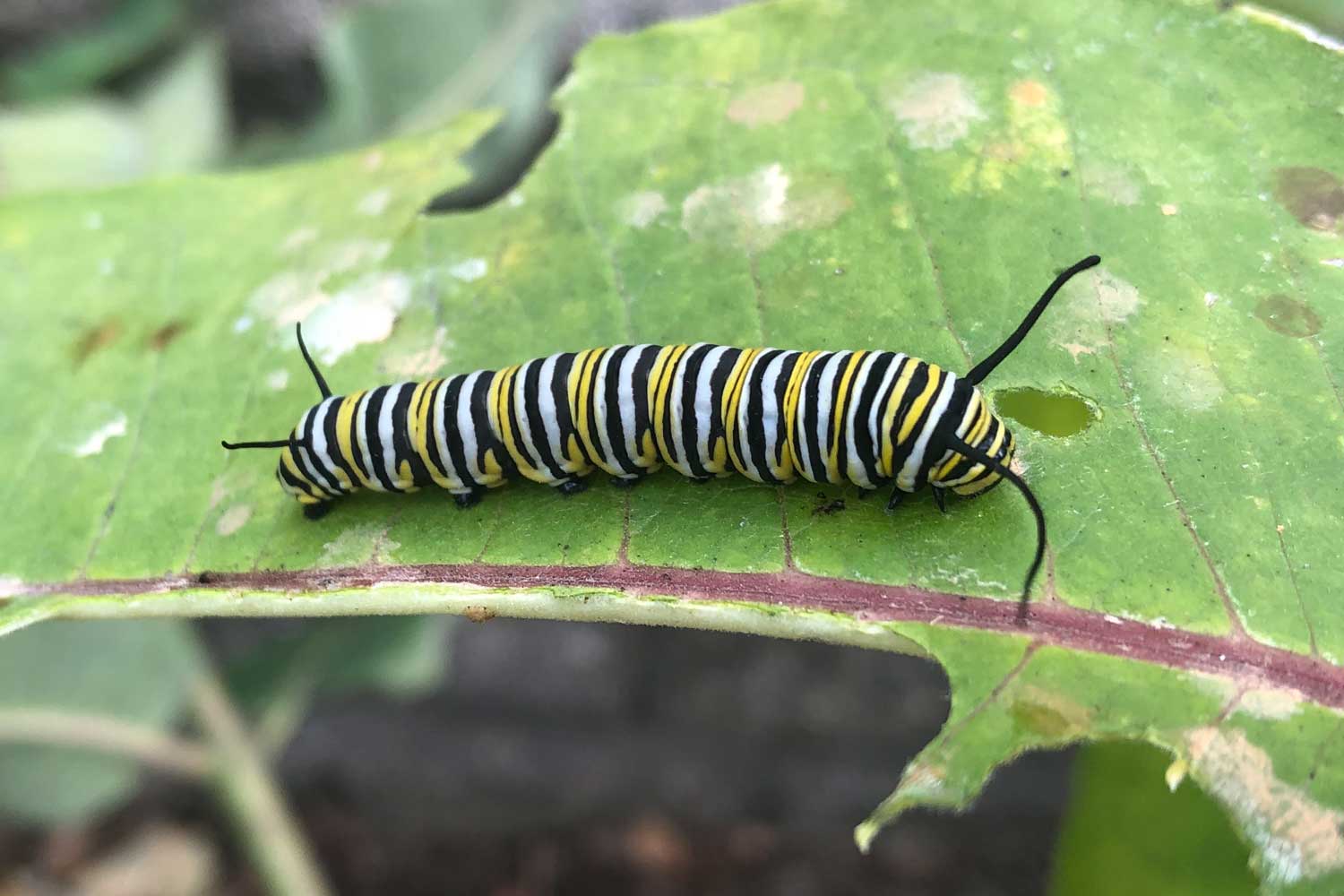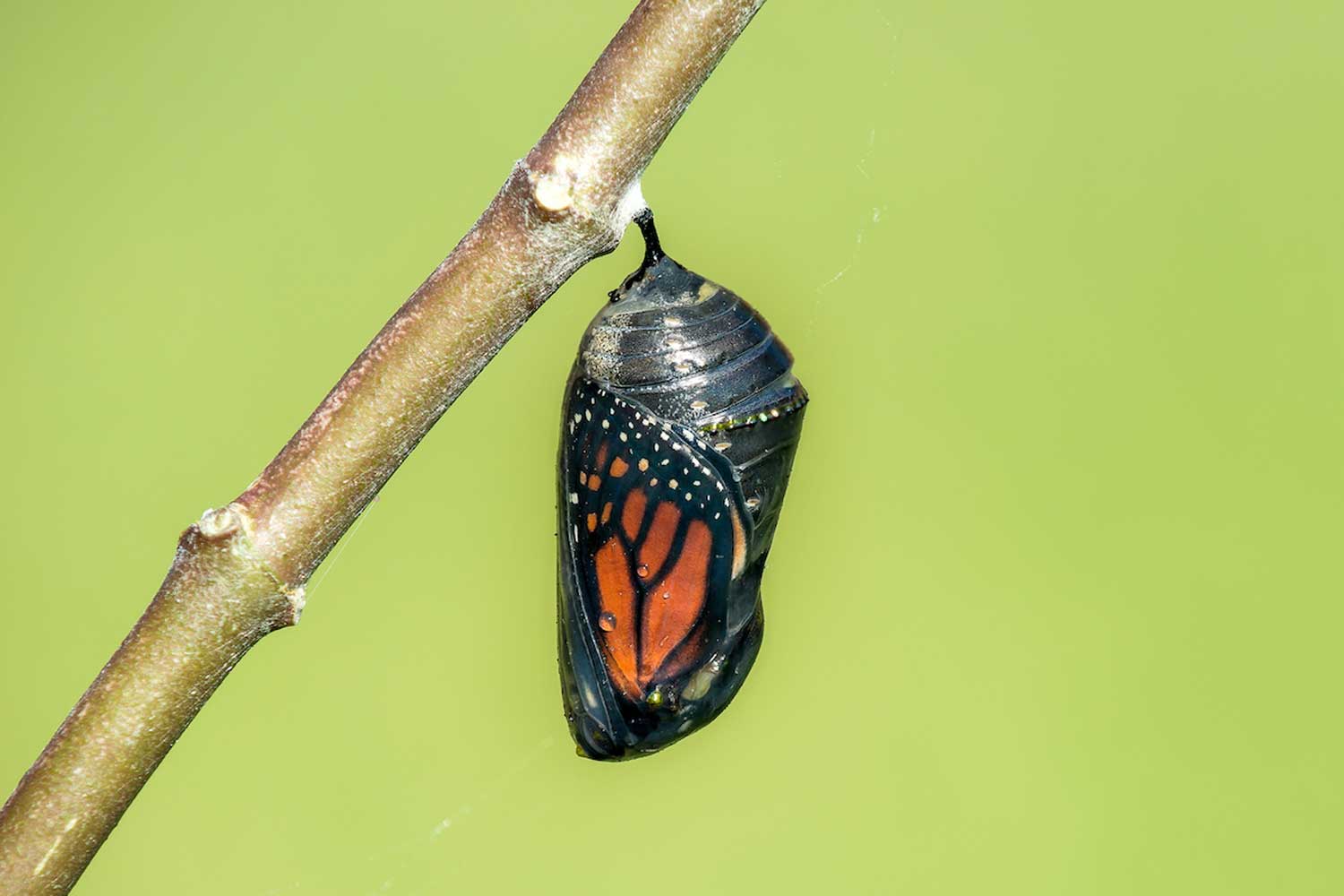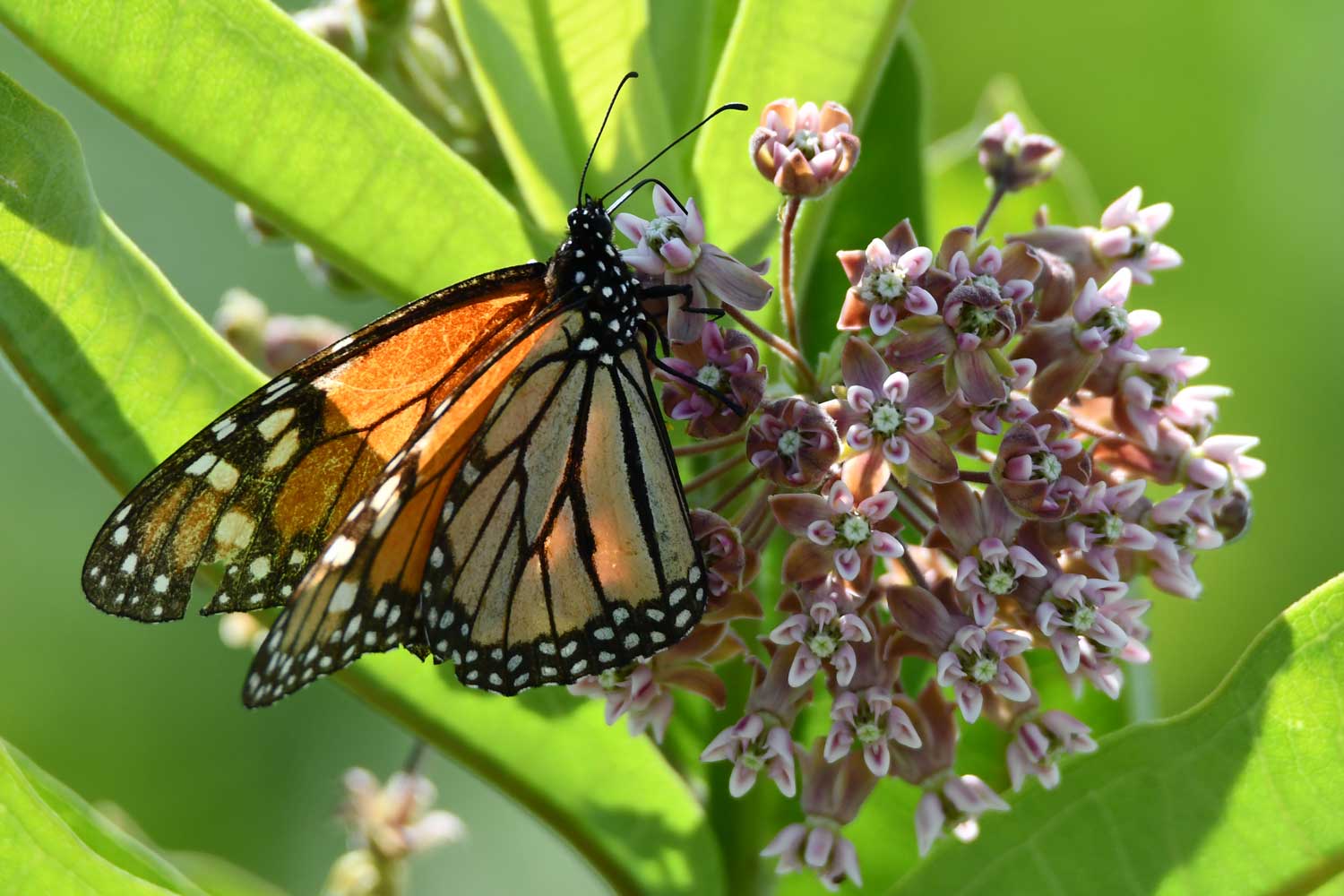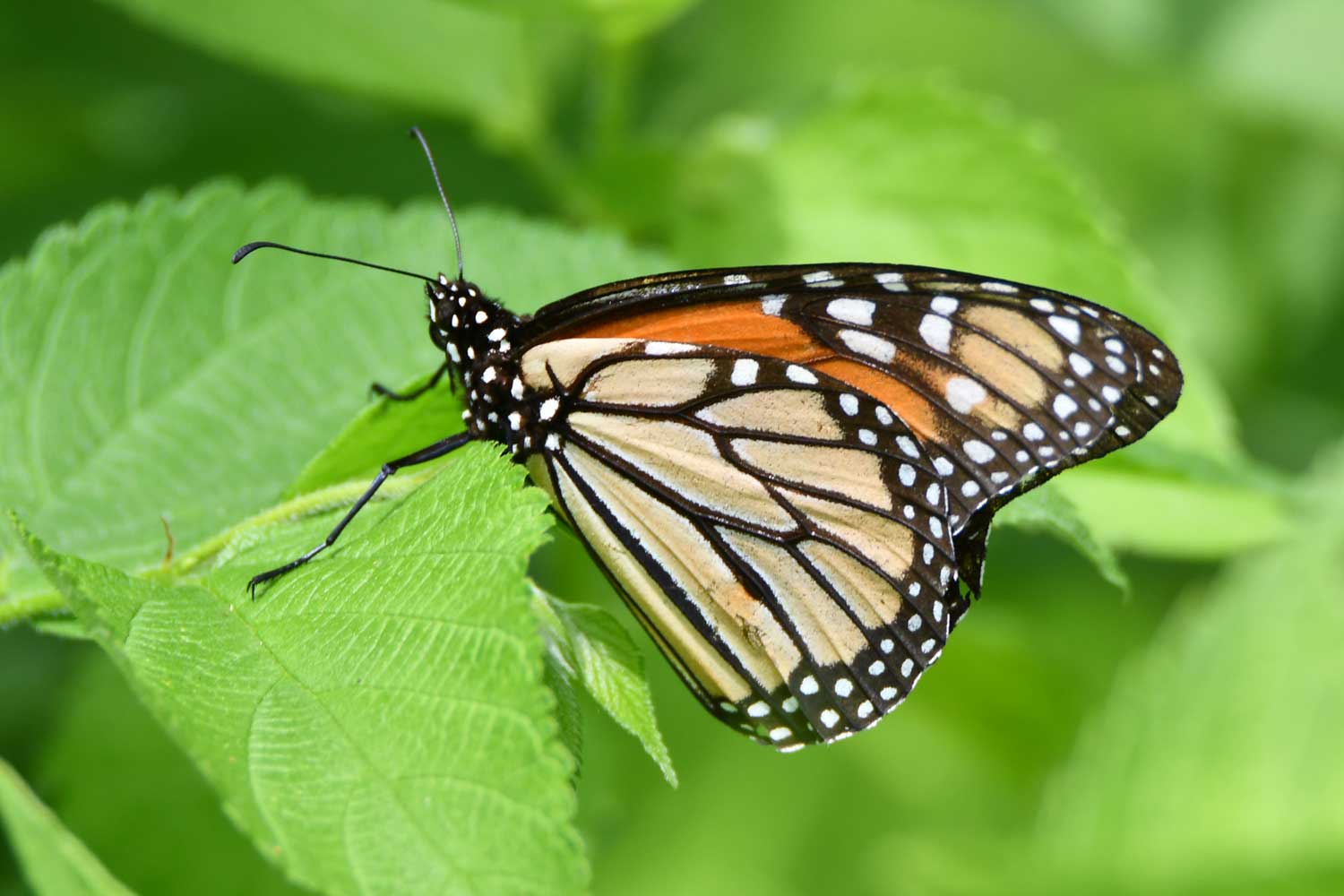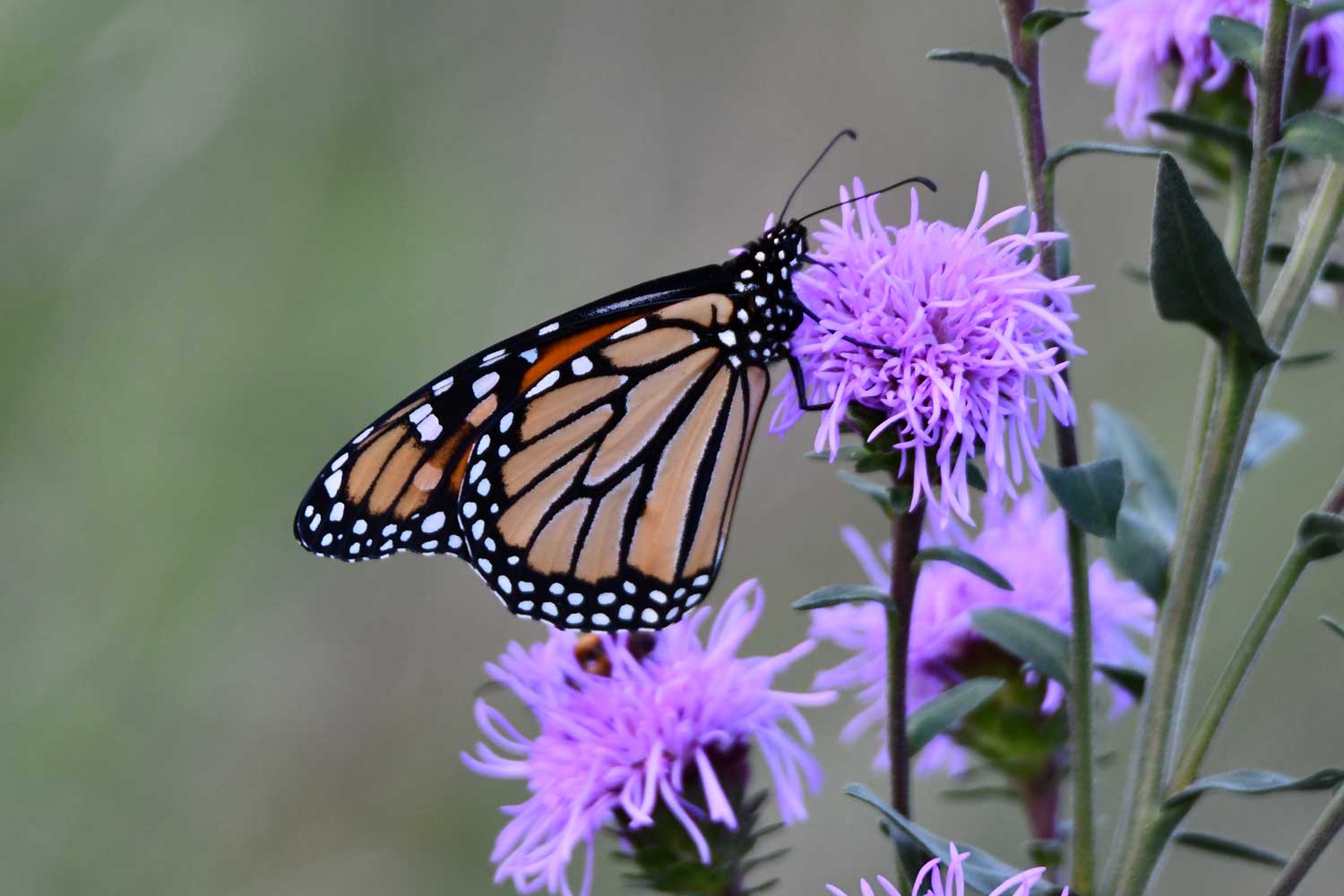Migration watch: Monarchs have landed in Illinois
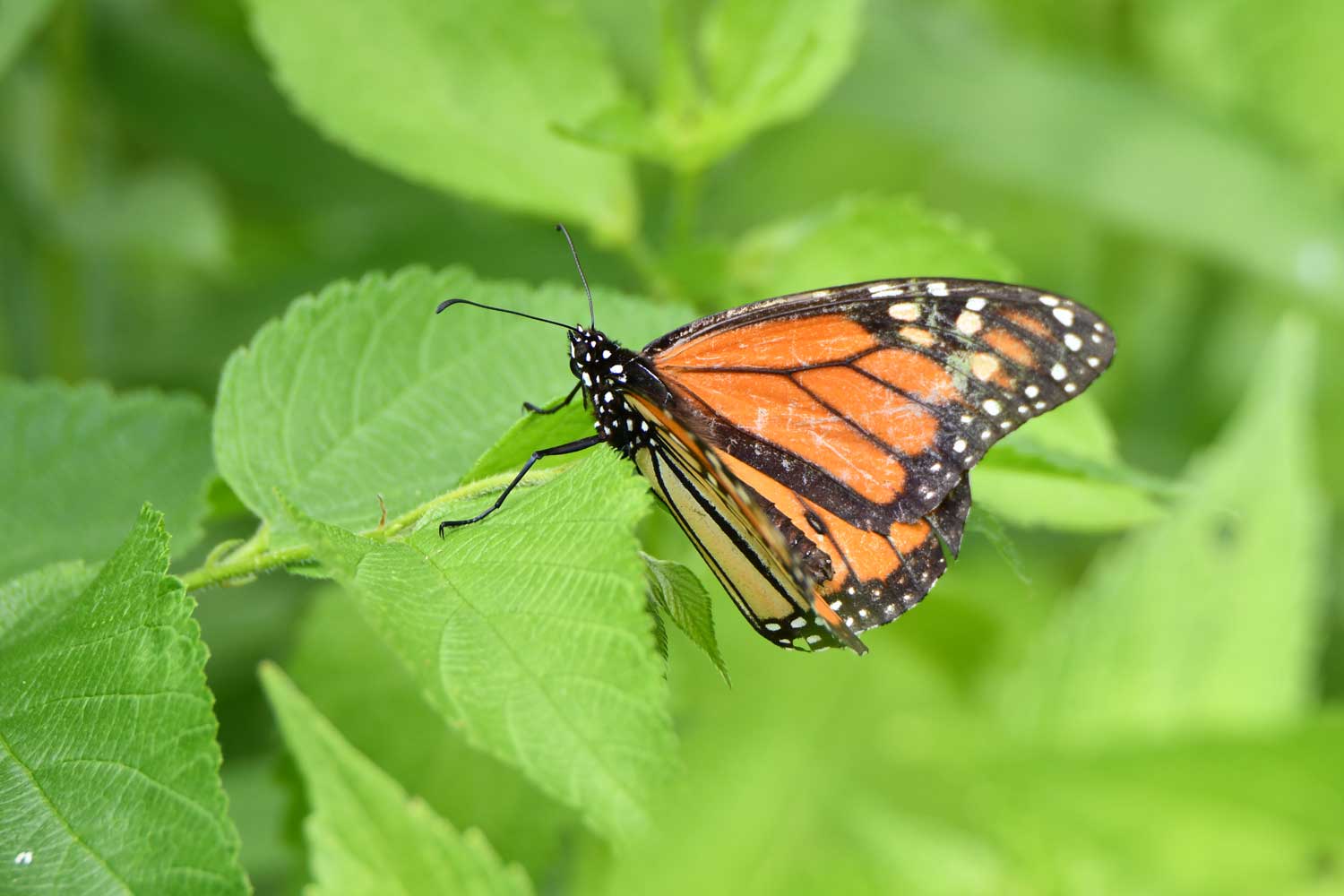
Monarchs are winging their way north on their spring migration, and they've reached Illinois and some bordering states. That means they could be showing up in your neighborhood any day now.
You can chart their progress based on reported sightings from citizen scientists thanks to a map from Journey North. The first reported sighting verified with a photograph in Illinois this year was on April 14 in Columbia, Illinois, just outside St. Louis. Sightings have also been reported in Missouri and Tennessee in recent days and weeks, a sure sign they are getting ever closer to Will County.

Historically, the first sightings in Will County come sometime in May, although in some recent years they have arrived as early as mid-April. This year we seem to be on the early side of that window.
Program coordinator Suzy Lyttle said each year's migration can vary depending on the weather conditions they encounter along their journey. They're much more delicate than birds, she said, and they can't fly in the rain. Winds also can make a big difference. They normally can fly at speeds up to 20 mph, and favorable wind conditions can allow them to travel anywhere from 40 miles to 100 miles per day.
"From year to year, things change," Lyttle said of their annual trek north. "It just depends. Some years they're early, and some years they're late."
The monarchs we see in Illinois overwinter in the oyamel fir forests of Mexico. There are two monarch populations in the United States: the eastern population and western population. Ours is the eastern population, and it includes all monarchs east of the Rocky Mountains. The smaller western population is found west of the Rockies and overwinters in California.
You can get involved
Do you want to get in on the reporting action? It's simple and can be accomplished directly through the Journey North site. Just sign up for an account, and you're all set. It only takes a minute to share your sighting. The data, which is submitted by more than 60,000 registered users in the U.S., Canada and Mexico, is used to better understand migratory species.
For now, while you're waiting for them to arrive in your yard, here's something fascinating to check out: A segment we did on monarchs for our "Buzz" nature show.

